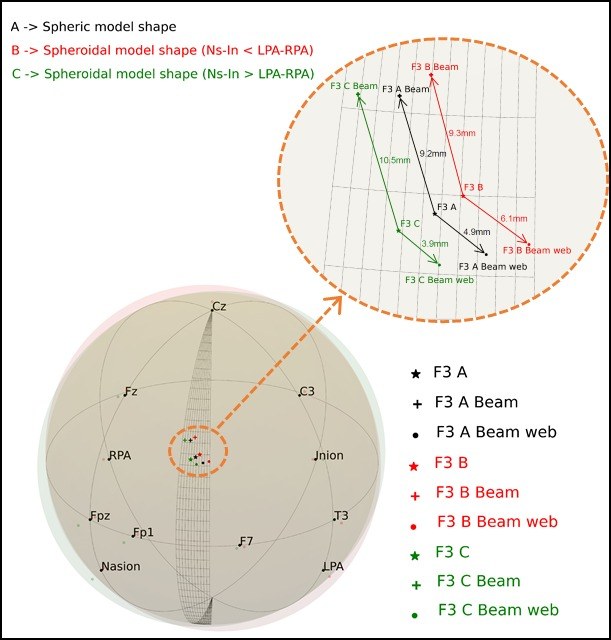New article published at DEM: "Evaluation of the Beam-F3 method for locating the F3 position from the 10-20 international system"
Sep 08, 2022
The BIOMEC-UPC (Biomechanical Engineering Lab) research group of the Department of Mechanical Engineering, in collaboration with researchers from the Universitat Rovira i Virgili and the Department of Clinical Neurophysiology from Hospital Universitari Sant Joan de Reus, has recently published the article " Evaluation of the Beam-F3 method for locating the F3 position from the 10-20 international system " at Brain Stimulation journal.
The International 10-20 System is a widely used method of distributing electrodes on the cranial surface that ensures reproducibility of electrophysiological recording and treatment tests. It correlates external locations of the skull with underlying cortical areas. The system provides a method to distribute the electrodes on the surface of the head proportionally to the Nasion-Inion and Tragus-Tragus distances.
The location of the F3 electrode of this system corresponds to the dorsolateral prefrontal cortex position, so many clinical research applications use this location as a target when applying procedures such as transcranial magnetic stimulation. However, for clinicians with little experience with the 10–20 system, the many measurements and calculations can be time consuming and lead to human error in electrode placement. That is why simplified F3 positioning methods have been developed, the most widely used is known as Beam F3.
The article quantifies the errors committed in the positioning of the F3 electrode when using the Beam F3 method with respect to the position determined by the international 10-20 system. The analysis is made with three different types of heads.
You can find the open access article here.

Share: